When embarking on a project to revamp or design a space, you might wonder whether to hire an interior designer or an architect. Both professionals bring valuable expertise to the table, but their roles and specializations differ significantly. While architects are essential for structural design and overall planning, interior designers focus on the aesthetic and functional aspects of the interior environment. Here’s why you might choose an interior designer over an architect for your next project:
1. Specialized Focus on Interior Aesthetics
Interior designers specialize in the aesthetics and functionality of indoor spaces. They are adept at creating environments that are visually appealing and tailored to your personal or business preferences. If your project primarily involves redesigning an interior space—such as a home, office, or retail store—an interior designer can help you select colors, furniture, materials, and layouts that reflect your style and meet your needs.
Example: For a boutique looking to create a unique shopping experience, an interior designer would focus on creating a compelling visual story through displays, lighting, and furnishings that align with the brand’s identity, whereas an architect might be more concerned with the structural changes needed to accommodate the new design.
2. Expertise in Space Planning and Functionality
Interior designers excel in optimizing the functionality of interior spaces. They are skilled in space planning, which involves arranging furniture and fixtures to maximize usability and flow within a space. This is particularly important in smaller or more complex areas where efficient use of space can significantly impact the overall experience.
Example: In a compact apartment, an interior designer can offer innovative solutions for storage, furniture arrangement, and multi-purpose spaces to enhance comfort and usability, focusing on how the space will be used day-to-day.
3. Access to a Wide Range of Materials and Furnishings
Interior designers have extensive knowledge of materials, furnishings, and finishes. They can provide recommendations on everything from flooring and wall treatments to furniture and décor. Their connections with suppliers and manufacturers often give clients access to exclusive or custom products that might not be available through traditional retail channels.
Example: If you’re designing a luxury office space, an interior designer can source high-end materials and bespoke furniture that reflect the company’s brand and create a sophisticated environment for clients and employees.
4. Emphasis on Personal Style and Brand Identity
Interior designers are adept at translating personal tastes or brand identities into physical spaces. Whether you want a contemporary home that reflects your personal style or a retail space that embodies your brand’s image, interior designers are skilled at creating environments that resonate with their clients’ preferences and objectives.
Example: For a startup with a modern and creative brand, an interior designer can develop a dynamic office environment that incorporates unique design elements, colors, and branding materials that inspire creativity and align with the company’s image.
5. Focus on Interior Design Details
Interior designers are detail-oriented professionals who focus on the finer aspects of interior design, including lighting, textiles, and custom cabinetry. They ensure that every element of the design works harmoniously together to create a cohesive and functional environment.
Example: In a high-end restaurant, an interior designer would consider everything from the ambiance created by lighting and color schemes to the comfort and layout of seating arrangements, ensuring a memorable dining experience for guests.
6. Streamlined Design Process for Interior Projects
When working on an interior design project, hiring an interior designer can simplify the process by providing a single point of contact for all design-related aspects. This can streamline communication and coordination, especially when dealing with multiple elements like furniture, décor, and finishes.
Example: For a corporate office renovation, an interior designer can manage the selection and installation of furniture, artwork, and other design elements, coordinating with vendors and contractors to ensure that the project stays on track and meets deadlines.
7. Cost-Effective Solutions
While both architects and interior designers can provide valuable services, interior designers often offer more cost-effective solutions for interior-focused projects. Their expertise in sourcing materials and furnishings, combined with their focus on maximizing space efficiency, can help you achieve your design goals within your budget.
Example: For a home renovation with a tight budget, an interior designer can recommend cost-effective design solutions and prioritize spending on elements that will provide the most significant impact, helping you achieve a high-quality result without overspending.
Choosing between an interior designer and an architect depends on the scope of your project and your specific needs. If your primary focus is on enhancing the interior environment, optimizing space, and achieving a cohesive aesthetic that aligns with your personal style or brand identity, an interior designer is likely the right choice. Their expertise in interior design details, functionality, and aesthetics makes them well-suited for creating beautiful and functional spaces that meet your vision and requirements.

